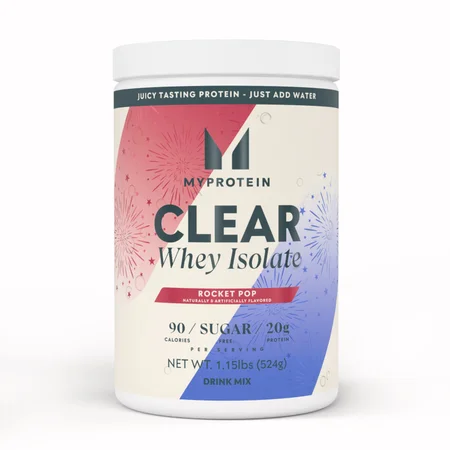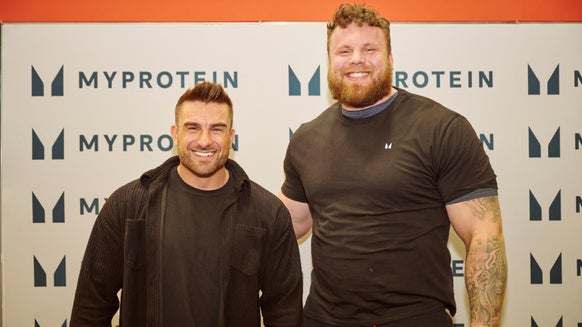Why Macro Splits Are Flawed | Nutritionist Explains

Macro splits. They're mentioned plenty in the fitness world. But what are they? And are they even useful? Let’s find out.
In this edition of Nutritionist Explains, Richie Kirwan is here to help you get to grips with all things macro splits and some of the issues with them.
What is a macro split?
Richie explains that a macro split is simply the relative amount of each macronutrient you eat in your diet.
For example, you might have a macro split of 15% protein, 55% carbs and 30% fat. These are percentages of your total calorie intake throughout the day.
But what does that mean in practical terms for the average person?
Let's take the suggested calorie intake of 2000 calories per day for the average woman, with a macro split of 15% protein, 55% carbs and 30% fat.
Now, we need to figure out how many calories and grams of each macronutrient we need to satisfy our macro split.
Starting with protein:
15% of 2,000 is 300 calories.
One gram of protein contains four calories.
That means that this person will need to eat about 75g of protein each day.
Now onto carbs:
55% of 2000 is 1,100 calories.
One gram of carbs contains four calories.
So this person will need to eat about 275g of carbs per day.
And finally, fats:
30% of 2,000 is 600 calories.
One gram of fat contains nine calories.
So, this person will need to consume about 66g of fat per day.
This person’s macro split comes out to 75g protein, 275g carbs and 66g of fat, or 15% protein, 55% carbs and 30% fat.
This is just a typical macro split commonly recommended by nutrition guidelines. However, there are countless diets out there that recommend different macro splits.
For example, the Mediterranean diet has a macro split of 15% protein, 45% carbs and 40% fat. This is down to the inclusion of lots of oily fish, olive oil and nuts.
However, at the opposite end of the spectrum, a typical bodybuilder, who is trying to build muscle and lose fat, might be looking at a macro split of 35% protein, 50% carbs and 15% fat.
But hold on … there’s a plot twist coming.
Macro splits have a major flaw
The key problem when you’re working with percentages of macros relative to calorie intake is that your body weight suddenly becomes irrelevant. If you cut your calories, your protein intake automatically also drops, without accounting for current body weight, muscle mass or goals.
For example, if someone eating 2,000 calories a day with a split of 15% protein, 55% carbs and 30% fat decides to cut their calorie intake to 1,500 calories a day, they’d only be eating 56g of protein per day.
That’s because Richie recommends a high protein diet, especially for those in a calorie deficit, as it can help to maintain muscle mass and help with satiety — a super-important factor when you're trying to lose weight.
As well as this, most scientific research into the effects of protein on things like body composition is done using grams of protein per kilo of body weight, not percentages.
And there’s good reason for that too — it allows us to be more specific.
Richie says when we base our protein intake on body weight, we must consider specific physiology, including muscle mass. This is important because people with more muscle mass will require more protein to maintain it.
It also can be more useful to use grams of protein per kilo of body weight rather than percentages when it comes to goal setting. For example, if your goal is to build muscle mass, you’ll want to up your protein.
Take home message
Ultimately, when Richie works with clients he prefers to avoid using blanket macro splits. Instead, he considers their body weight, goals and activity levels. He calculates protein intake and minimum amount of fat intake based on body size and splits the remaining calories based on their personal preferences and what supports their training best.
While this is more detailed than a traditional macro split, it allows him to be much more accurate and goal oriented.
READ THESE NEXT:

'High-Protein Diets Are Dangerous' | Nutritionist Calls Fake News
Richie spills the tea.

'What I Eat In A Day' With Jordan Morello | See How This Bodybuilder Fuels His Routine
As informative as it is funny.










